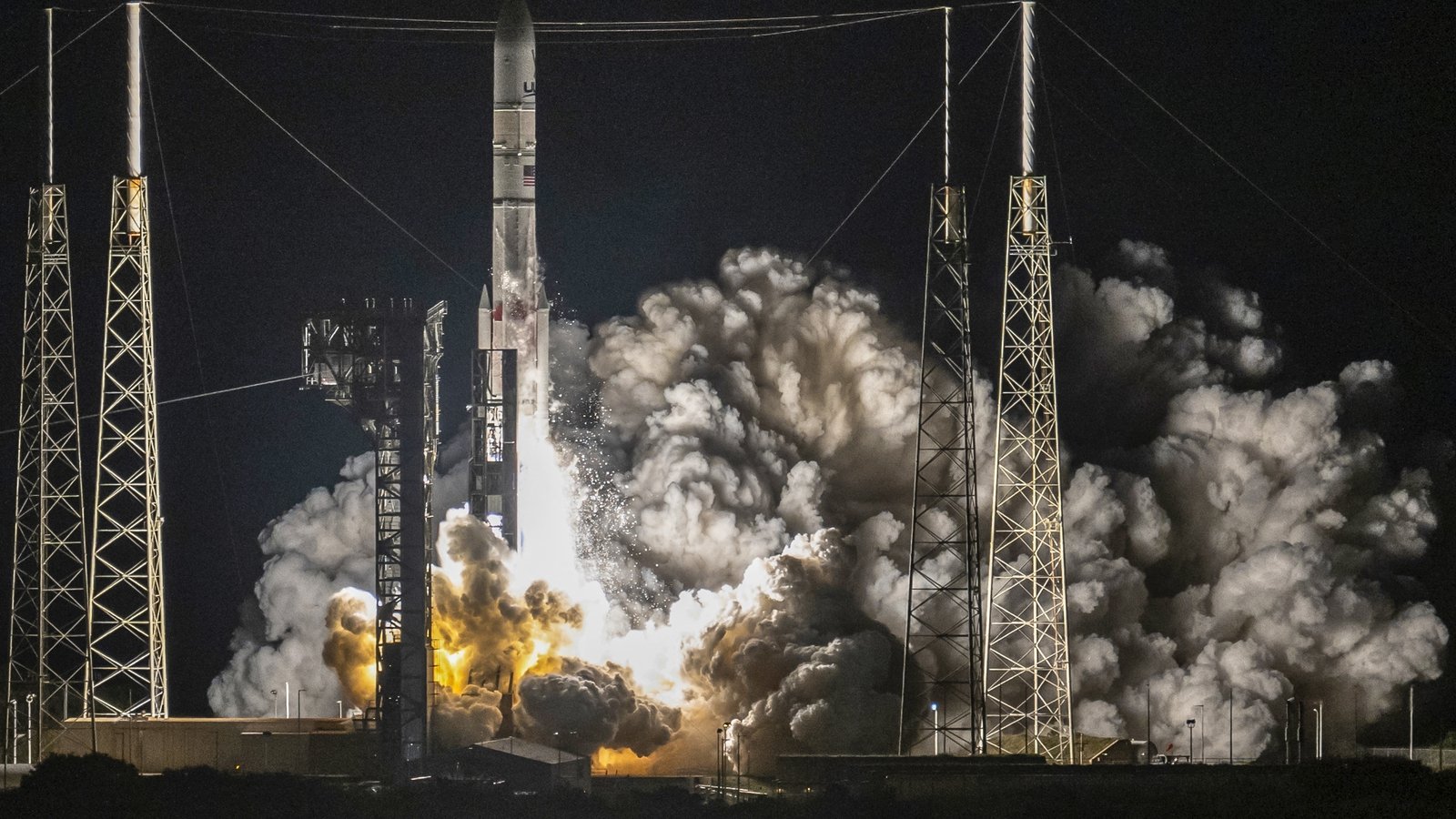Doomed US lunar lander now heading for Earth


A private US lunar lander that has been leaking fuel throughout its journey is now headed for Earth and will likely burn up in the atmosphere, the company said.
Astrobotic has been posting regular updates on the Peregrine lander’s status since the start of its ill-fated voyage, which began when it blasted off on a brand-new Vulcan rocket built by United Launch Alliance on 8 January.
Shortly after it separated from the rocket, the spaceship experienced an onboard explosion.
It soon became clear it would not make a soft lunar touchdown because of the amount of the propellant it was losing.
However, Astrobotic’s team were able to power up science experiments they were carrying for NASA and other space agencies, and gather spaceflight data.
“Our latest assessment now shows the spacecraft is on a path towards Earth, where it will likely burn up in the Earth’s atmosphere,” the Pittsburgh-based company posted on X.
“The team is currently assessing options and we will update as soon as we are able.”
The box-shaped robot has now been in space for more than five days and is currently 390,000km from our planet, Astrobotic added.
For those of you who would like a more accurate graphic, we’ve crafted a new one closer to scale (with the exception of the Peregrine spacecraft dot for emphasis). pic.twitter.com/jAueEuJGeI
— Astrobotic (@astrobotic) January 13, 2024
Space watchers have been following Peregrine’s trajectory closely and many had hoped it might still make a “hard landing” on the Moon, as other failed landers have done before, although it is now clear that even that reduced goal will not be achieved.
In addition to science hardware, the spaceship is carrying cargo for private clients of Astrobotic, including a sports drink can, a physical Bitcoin, as well as human and animal ashes and DNA.
Astrobotic is the latest private entity to have failed in a soft landing, following an Israeli non-profit and a Japanese company.
NASA had paid Astrobotic more than $100m for carrying its cargo, under an experimental programme called Commercial Lunar Payload Services.
The overall goal is to seed a commercial lunar economy and reduce its own overheads.
Though it has not worked out this time, NASA officials have made clear their strategy of “more shots on goal” means more chances to score, and the next attempt, by Houston-based Intuitive Machines, launches in February.
Astrobotic itself will get another chance in November with its Griffin lander transporting NASA’s VIPER rover to the lunar south pole.





